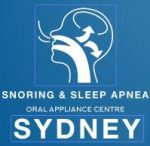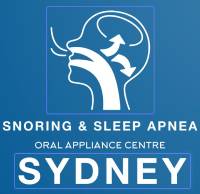In this blog post, we’ll explore the often underestimated condition of sleep apnea and shed light on its signs and symptoms.
1. **Loud Snoring:**
– One of the most common signs is persistent loud snoring.
– Intermittent pauses in snoring may indicate breathing disruptions.
2. **Pauses in Breathing:**
– Witnessed instances of breathing cessation during sleep.
– Often reported by a sleep partner or family member.
3. **Excessive Daytime Sleepiness:**
– Feeling persistently tired despite a full night’s sleep.
– Frequent napping during the day.
4. **Morning Headaches:**
– Waking up with a headache is a potential symptom.
– Linked to decreased oxygen levels during sleep apnea episodes.
5. **Difficulty Concentrating:**
– Impaired focus, attention, and memory.
– Cognitive issues due to disrupted sleep patterns.
6. **Irritability and Mood Changes:**
– Increased irritability and mood swings.
– Disrupted sleep affects emotional well-being.
7. **Dry Mouth or Sore Throat:**
– Breathing through the mouth can cause dryness.
– Sore throat due to repeated awakenings.
8. **High Blood Pressure:**
– Sleep apnea is associated with hypertension.
– Regular monitoring of blood pressure is crucial.
9. **Night Sweats:**
– Sweating excessively during sleep.
– Often a result of the body’s response to interrupted breathing.
10. **Gasping or Choking:**
– Waking up suddenly with a choking or gasping sensation.
– Indicates a more severe form of sleep apnea.
Conclusion:
Being aware of these signs and symptoms is crucial for early detection and intervention. If you or someone you know experiences these indicators, seeking professional medical advice is essential. Sleep apnea, if left untreated, can lead to serious health issues, emphasizing the importance of timely diagnosis and management.


